The first modern SLR appeared in East Germany, the Zeiss Ikon Contax S, around 1949. This is the camera that started the M42x1 lens thread. Note that even though M42 is frequently referred to as Pentax screw mount, M42 is not the work of Pentax. In fact, Asahiflex appeared in 1952, which is Japan's first SLR; however, it did not use pentaprism and its thread size was M37x1. Some may suggest that the Italian Rectaflex was the first modern SLR. However, in terms of production numbers and patent, the Contax S was really the first.

Zeiss Ikon in West Germany started making SLR in 1953. This is the Contaflex series of cameras. All cameras in this series used fixed lens (i.e., non-interchangeable). The first two in this series, Contaflex I and Contaflex II, accepted a front-mounting teleconverter. However, started with Contaflex III and Contaflex IV in 1956, all subsequent cameras in the series used a convertible design. If you played with large format lenses, you perhaps know what a convertible lens is.
The following is a Contaflex III of 1953.
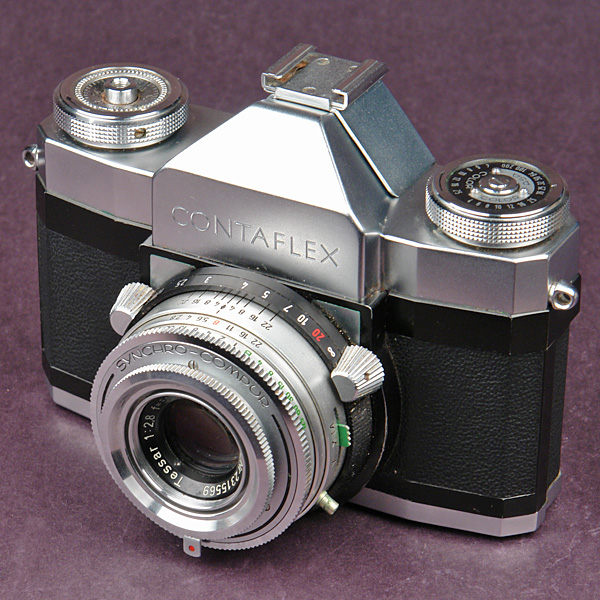
From Contaflex III and on, all cameras used Tessar 50mm 1:2.8 lens. The lever marked with a red dot is used to remove the front end of the Tessar lens.
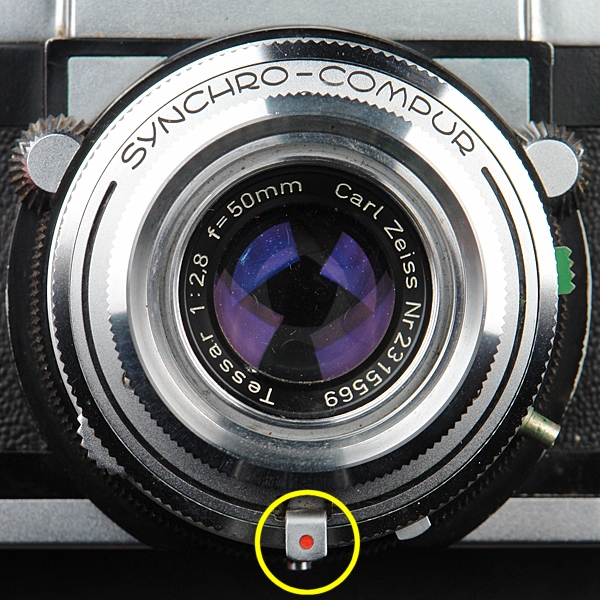
Push the red dot lever inward followed by a twist to remove the front part of the Tessar. Note from the following image that there is a glass element in front of the aperture mechanism. Therefore, the "removable" component is just a single glass element. This front part is interchangeable.
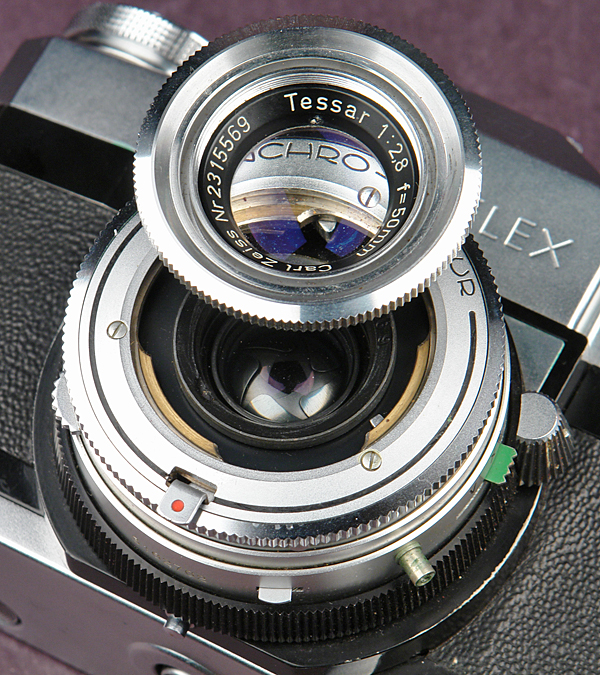
There are three front lenses available as shown below. Note that the aperture mechanism and the glass element in front of it are fixed. This is the so-called convertable lens concept, because by swapping a portion of a lens we can produce multiple lenses. Note that a real convertible lens may allow both parts to be swapped.
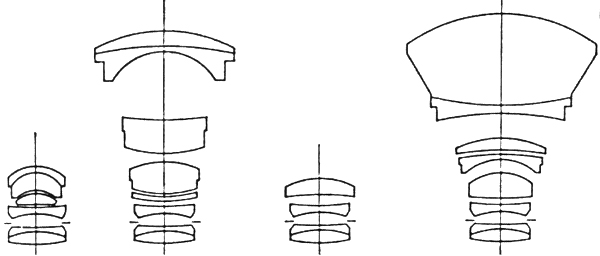
In his post, I tried the Pro-Tessar M 1:1 as shown in the left of the image below. The Pro-Tessar can reach 1:1 magnification.
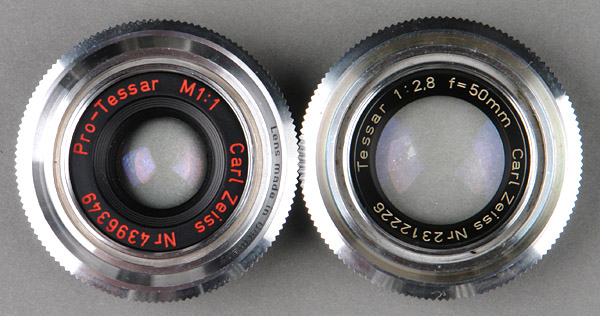
More than a year ago I bought a Contaflex lens and NEX adapter combo. The following shows the lens and the adapter, but the front end is a Pro-Tessar M 1:1.
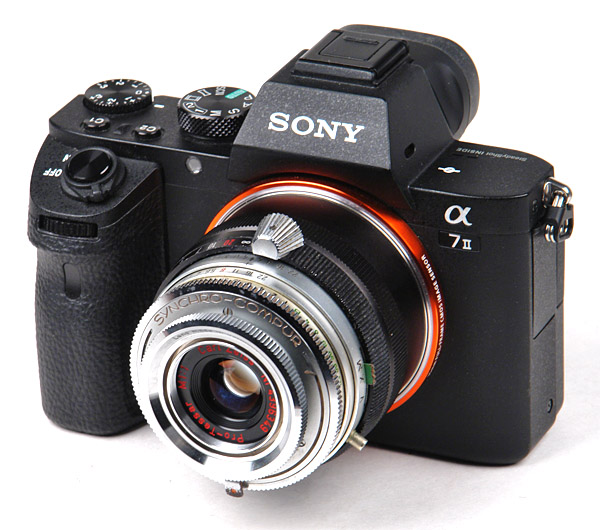
The maker of this lens and adapter combo was not very careful in choosing the lens, because the surface of the rear part of the lens has some cleaning mark that cannot be removed. By the way, this lens is very likely a lens salvaged from a Contaflex III, Contaflex IV or Contaflex Rapid. That is, this is a lens from the old series rather than a lens from a Super or a later model. The later lenses are supposed to be better.
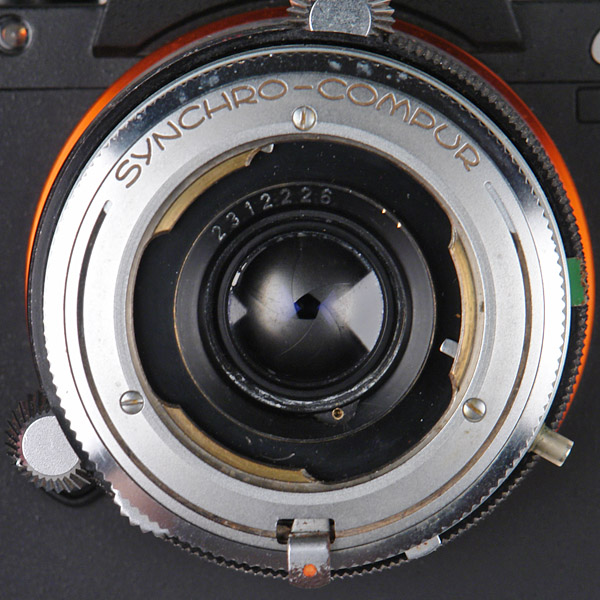
The following image was taken with Pro-Tessar M 1:1 at nearly the minimum focus distance. It is clear that the vertical direction recorded approximately 22mm, which suggests that the magnification can be slightly higher than 1:1.
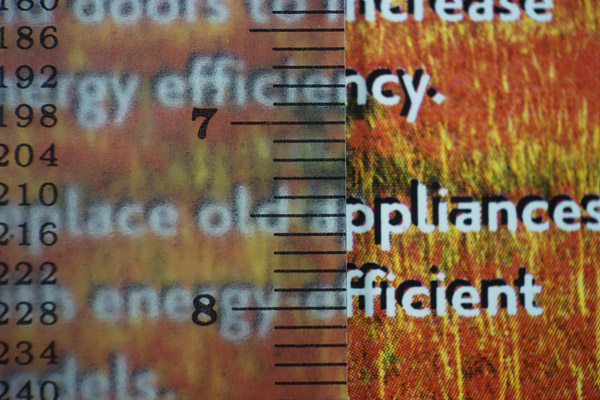
The following has some images. Refer to full size images to examine the quality of Pro-Tessar M 1:1. Note that, except for the first image, I did not use any PP.
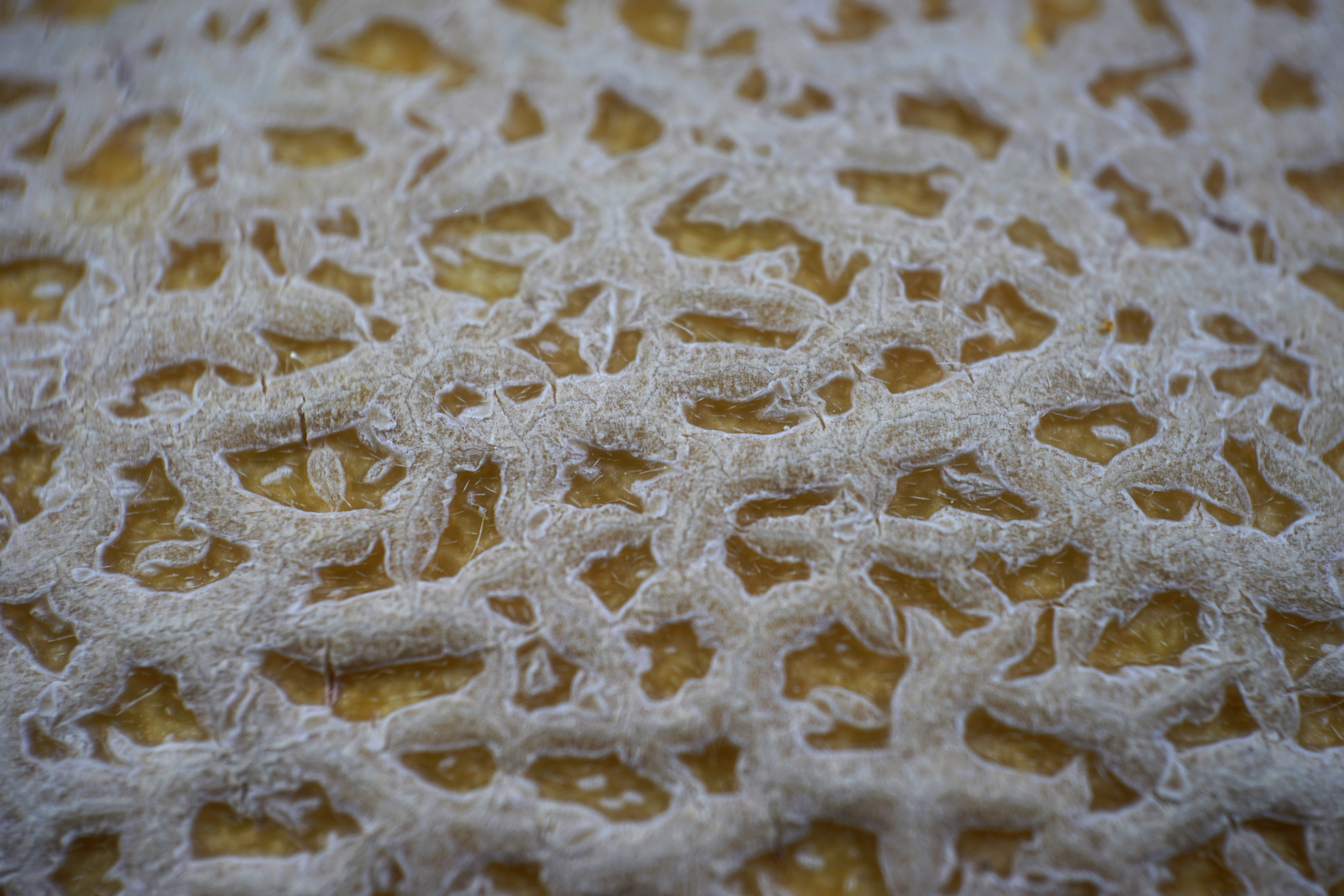


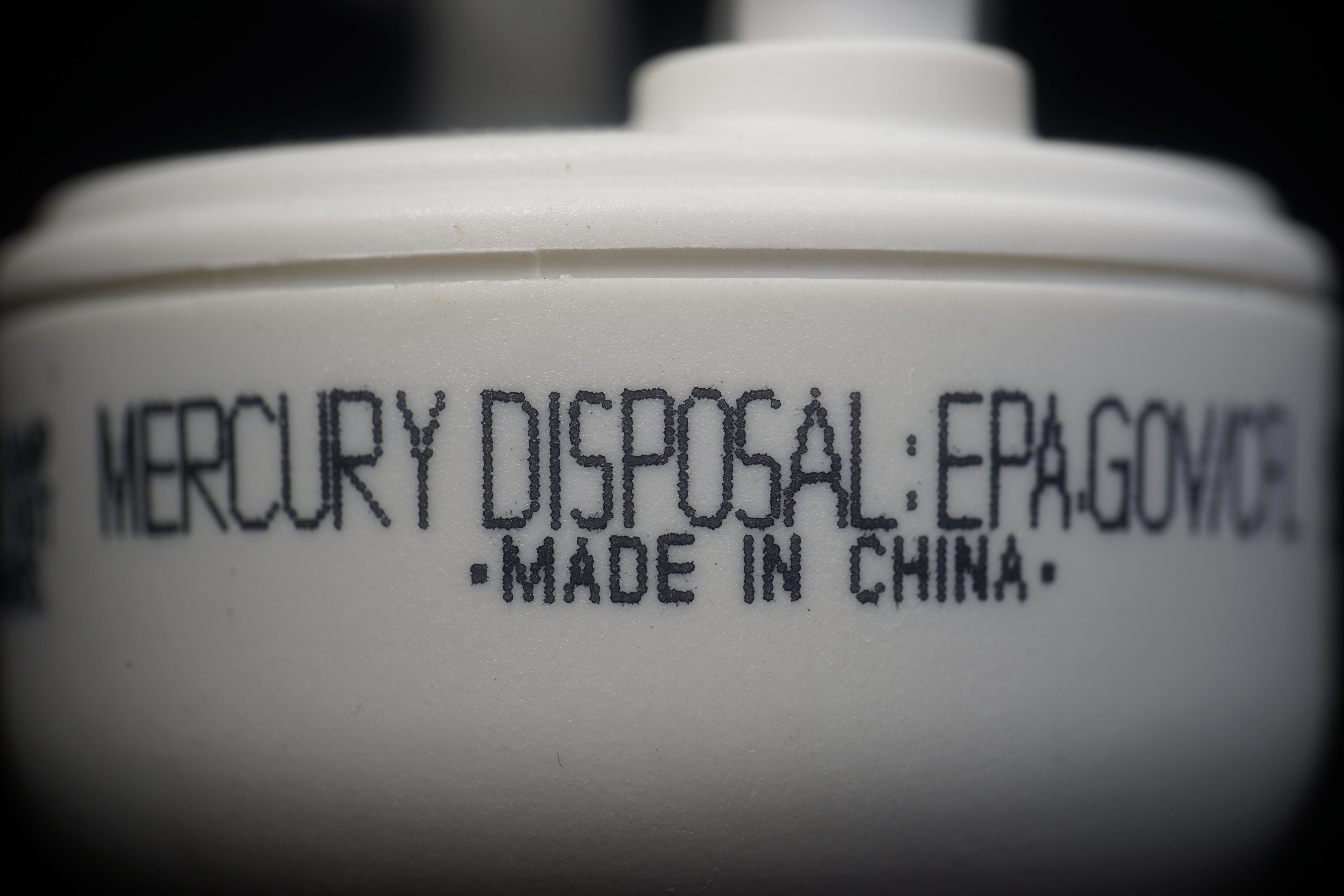


I do not have any conclusions yet because it is the very beginning in shooting with these Pro-Tessar lenses. Please do keep in mind that all of these lenses appeared before 1959, the year Canon (Canonflex) and Nikon (Nikon F) released their first SLR professional cameras. Zeiss Ikon also made the Contarex (Bullseye or Cyclops) available, the first Zeiss Ikon interchangeable professional camera.
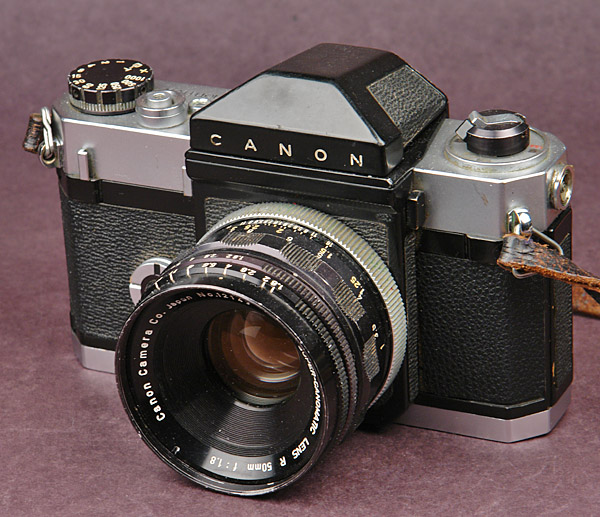
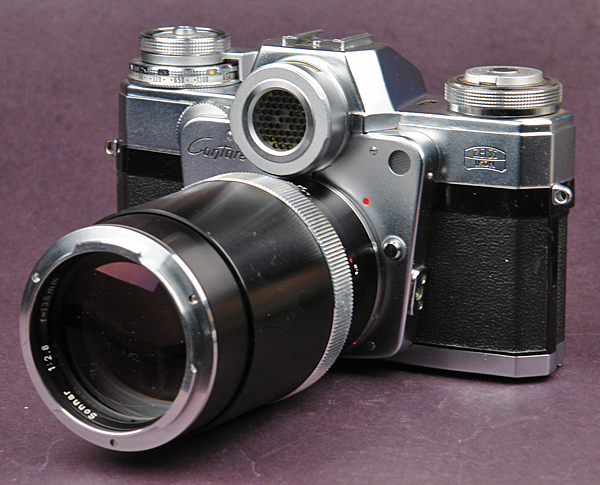
This article was first published @ dpreview.com on July 22, 2017. I have not used this setup for several years because its use is not very convenient. So, I repost it here without updates.
CK
PS: I still failed to figure out a way to post full size images. It is odd that a photo site does not provide this feature. Moreover, the caption that I added to the image do not appear. Anyone knows what went wrong?